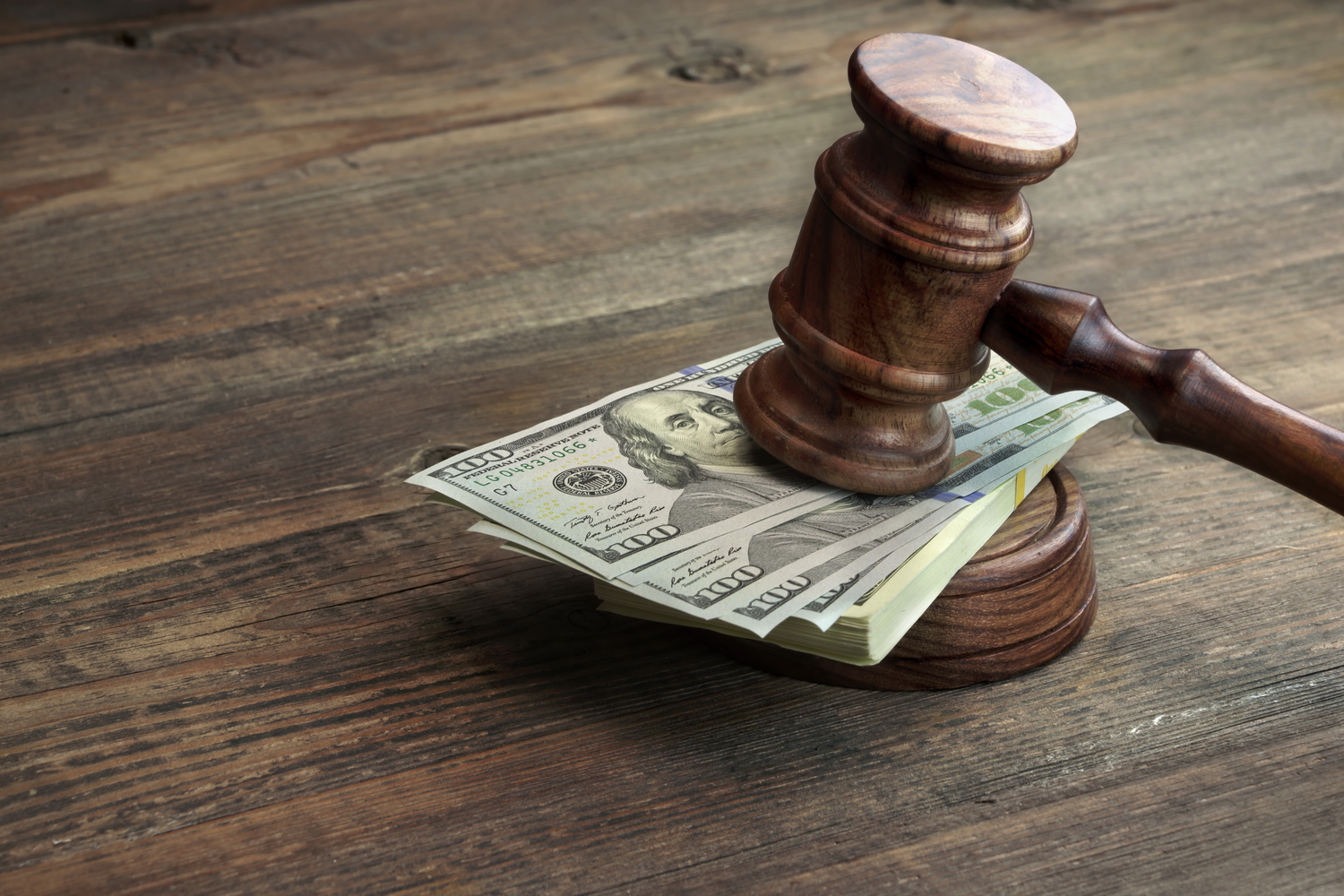Comprehensive Guide to Filing for Chapter 7 Bankruptcy: Procedures, Costs, and Important Considerations
This comprehensive guide explores the entire process of filing for Chapter 7 bankruptcy, covering procedural steps, costs, eligibility criteria, and long-term impacts. It aims to help individuals understand how to navigate bankruptcy effectively, providing valuable insights into legal requirements, financial considerations, and the strategic importance of seeking professional advice for a fresh financial start.

Comprehensive Guide to Filing for Chapter 7 Bankruptcy: Procedures, Costs, and Important Considerations
Facing overwhelming debt can be an incredibly stressful experience, and many individuals seek relief through bankruptcy options. Among the various types available, Chapter 7 bankruptcy stands out as a legal process designed to help individuals and businesses eliminate unsecured debts by liquidating assets. This comprehensive guide provides an in-depth look into the entire process, highlighting the procedural steps, associated costs, eligibility requirements, and the potential impact on your financial future. Whether you're considering filing or simply seeking more information, understanding these elements is vital to making informed decisions and achieving a fresh financial start.
Understanding Chapter 7 Bankruptcy
Chapter 7 bankruptcy, often referred to as "liquidation bankruptcy," is a legal remedy that allows debtors to discharge many types of unsecured debts. When you file for Chapter 7, a court-appointed trustee is assigned to oversee your case. The trustee reviews your assets, assesses your financial situation, and determines which assets can be liquidated to satisfy creditors. This process is intended to provide debt relief while allowing the debtor to retain essential property necessary for a basic standard of living.
Key features of Chapter 7 bankruptcy include the liquidation of non-exempt assets, the discharge of qualifying debts, and a fresh start for individuals overwhelmed by unmanageable liabilities. However, not all debts are dischargeable, and eligibility depends on meeting specific financial criteria, such as passing a means test. It’s important to analyze your financial situation comprehensively before proceeding to ensure this option aligns with your goals.
Costs Involved in Filing for Chapter 7 Bankruptcy
Understanding the costs associated with Chapter 7 is crucial for planning purposes. The total expenses involved in bankruptcy filing comprise various fees, including court costs, administrative charges, and legal fees. The fundamental court filing fee is approximately $338, which covers the cost of submitting your petition, a trustee surcharge of $15, and an administrative fee of $78. If necessary, reopening the case incurs an additional fee of around $260.
Legal fees tend to account for a significant portion of the total cost. The amount attorneys charge can vary depending on factors such as the complexity of your financial situation, geographic location, and the legal firm's pricing policies. Typically, attorney fees for Chapter 7 filings range from a few hundred to several thousand dollars. While some law firms offer flat-rate services, others charge hourly, and additional expenses may include credit counseling fees, document preparation costs, and potential court motions.
It’s essential to consider these costs carefully, particularly if you have limited financial resources. Planning ahead can help you manage these expenses, and some courts or legal aid organizations may provide assistance or affordable alternatives in qualifying cases.
The Step-by-Step Process of Filing for Chapter 7 Bankruptcy
Filing for Chapter 7 involves multiple stages, each with specific requirements and considerations. Understanding these steps helps ensure a smoother process and better preparation.
Pre-Filing Credit Counseling
Before submitting a bankruptcy petition, you must complete a credit counseling course provided by an approved agency. This requirement aims to help you evaluate alternatives to bankruptcy and develop a budget plan for the future. The counseling course must be completed within six months before filing. If there are exceptional circumstances, such as the unavailability of approved agencies in your area, courts may waive this requirement. The counseling session can often be completed online or in person, and a certificate of completion is issued as proof to file your case.
Preparing and Filing Your Bankruptcy Petition
Once counseling is completed, you assemble your financial documents, including income statements, tax returns, asset lists, and creditor information. These documents are submitted to the bankruptcy court via the official petition form. Filing initiates the automatic stay, a legal injunction preventing creditors from pursuing collection activities such as wage garnishments or lawsuits. Properly completing and submitting these forms is critical for a successful filing, and many debtors seek legal assistance for accuracy and completeness.
Appointment of a Bankruptcy Trustee
After your petition is filed, the court appoints a trustee whose role is to review your assets, evaluate your financial disclosures, and oversee the liquidation process. The trustee will contact you to schedule a meeting of creditors, often called the 341 meeting, where they will question you about your financial situation and the information provided in your petition. This step helps verify the accuracy of your disclosures and provides creditors an opportunity to object or ask questions.
Asset Liquidation and Debt Repayment
The trustee examines your assets to identify which are exempt and which are non-exempt. Exempt assets, such as your primary residence, personal belongings, and necessary vehicles, are protected under bankruptcy law, allowing you to retain them. Non-exempt assets are sold, and the proceeds are used to repay creditors proportionally. This process aims to maximize creditor recovery while safeguarding your basic necessities. Debtors must cooperate with the trustee and provide documentation to facilitate the liquidation process.
Discharge of Debts and Finalization
Following asset liquidation, the trustee discharges eligible debts, providing you with a fresh financial start. Most unsecured debts like credit card debt, medical bills, and personal loans are eliminated. However, certain obligations such as student loans, recent taxes, child support, and alimony are generally non-dischargeable. Once the debts are discharged, the court issues a final decree closing your bankruptcy case, marking the end of the process. It’s important to review your credit report afterward and understand the lasting impact of bankruptcy on your creditworthiness.
Impacts of Filing for Chapter 7 Bankruptcy
While Chapter 7 provides significant relief from overwhelming debt, it also has long-term effects that should be carefully considered. Your bankruptcy record remains on your credit report for up to ten years, which can influence your ability to secure future credit, loans, or mortgages.
Moreover, inaccuracies or incomplete disclosures during the process can lead to legal complications or the re-opening of your case. Some creditors may attempt to recover debts or challenge the discharge if they believe there was fraudulent behavior or misrepresentation. Therefore, thoroughly documenting your financial position and cooperating fully with the court and trustee are essential steps.
In conclusion, Chapter 7 bankruptcy can be a powerful tool for individuals overwhelmed by debt, offering quick relief and a fresh start. However, it's vital to understand all procedures, costs, and implications involved. Consulting with a qualified bankruptcy attorney can help you navigate this complex legal landscape effectively, ensuring you make informed choices aligned with your financial goals.





